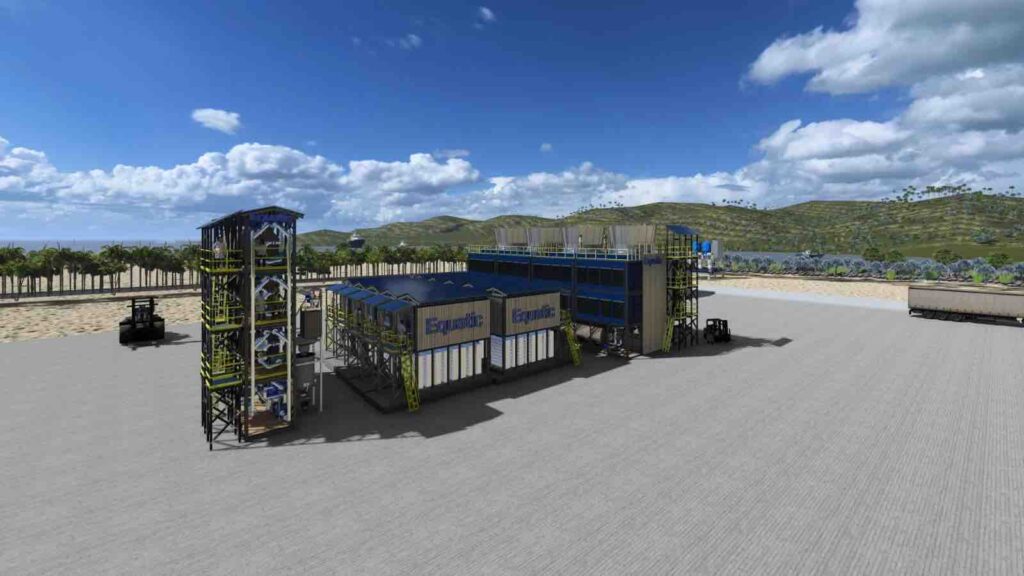Upon reaching full operational capacity in 2025, the facility is projected to extract 3,650 tonnes of CO2 from the ocean annually.
Singapore is on the verge of a major environmental breakthrough with its ambitious plan to launch the world’s largest ocean carbon dioxide removal (OCDR) facility by 2025. This innovative project, named Equatic-1, is a collaboration between the tech startup Equatic and the University of California, Los Angeles (UCLA), featuring the groundbreaking Equatic Process. This process converts CO2 from seawater into stable solids resembling natural seashells through electrolysis, capable of securely storing carbon for millennia.
RELEVANT SUSTAINABLE GOALS


With a goal to eliminate 3,650 metric tons of CO2 from the ocean annually, the US$20 million facility not only represents a leap forward in climate change mitigation but also signifies PUB, Singapore’s national water agency, commitment to decarbonizing its water treatment operations. This initiative complements Singapore’s broader environmental strategy, aiming for net-zero emissions by 2045 and enhancing water security through the integration of this technology into desalination processes.
Elevating Ocean-Based Carbon Removal to Unprecedented Levels
The operation, poised to generate valuable carbon credits, will also explore the technology’s applications in construction and clean energy sectors. Following the success of two pilot plants in PUB’s R&D desalination plant in Tuas and the Port of Los Angeles, Equatic-1 will scale up these efforts, showcasing the potential of CO2 removal technology on a grand scale. Each pilot facility has successfully extracted about 100kg of CO2 from the ocean daily, underscoring the feasibility and effectiveness of this approach.
Equatic’s technology harnesses seawater from adjacent desalination plants, initiating chemical reactions that split the seawater into hydrogen and oxygen while the dissolved CO2 combines with minerals to form solid limestone. This method promises to lock away CO2 for at least 10,000 years, offering a durable solution to the carbon dilemma. Equatic-1, set to replace the Tuas plant, will not only augment CO2 removal efforts but also produce hydrogen for energy, further aligning with sustainability goals.
Despite the optimism surrounding Equatic-1’s potential, it’s crucial to proceed with caution. PUB and Equatic will engage independent consultants to rigorously monitor environmental impacts, ensuring the technology’s harmony with marine ecosystems. As this facility moves from concept to reality, it stands as a beacon of hope for global efforts against climate change, emphasizing the importance of innovative solutions in our collective pursuit of a sustainable future.
You may also be interested in :
RECIFS: A Centralised Repository To Understand The Impact Of Climate Change On Coral Reefs


